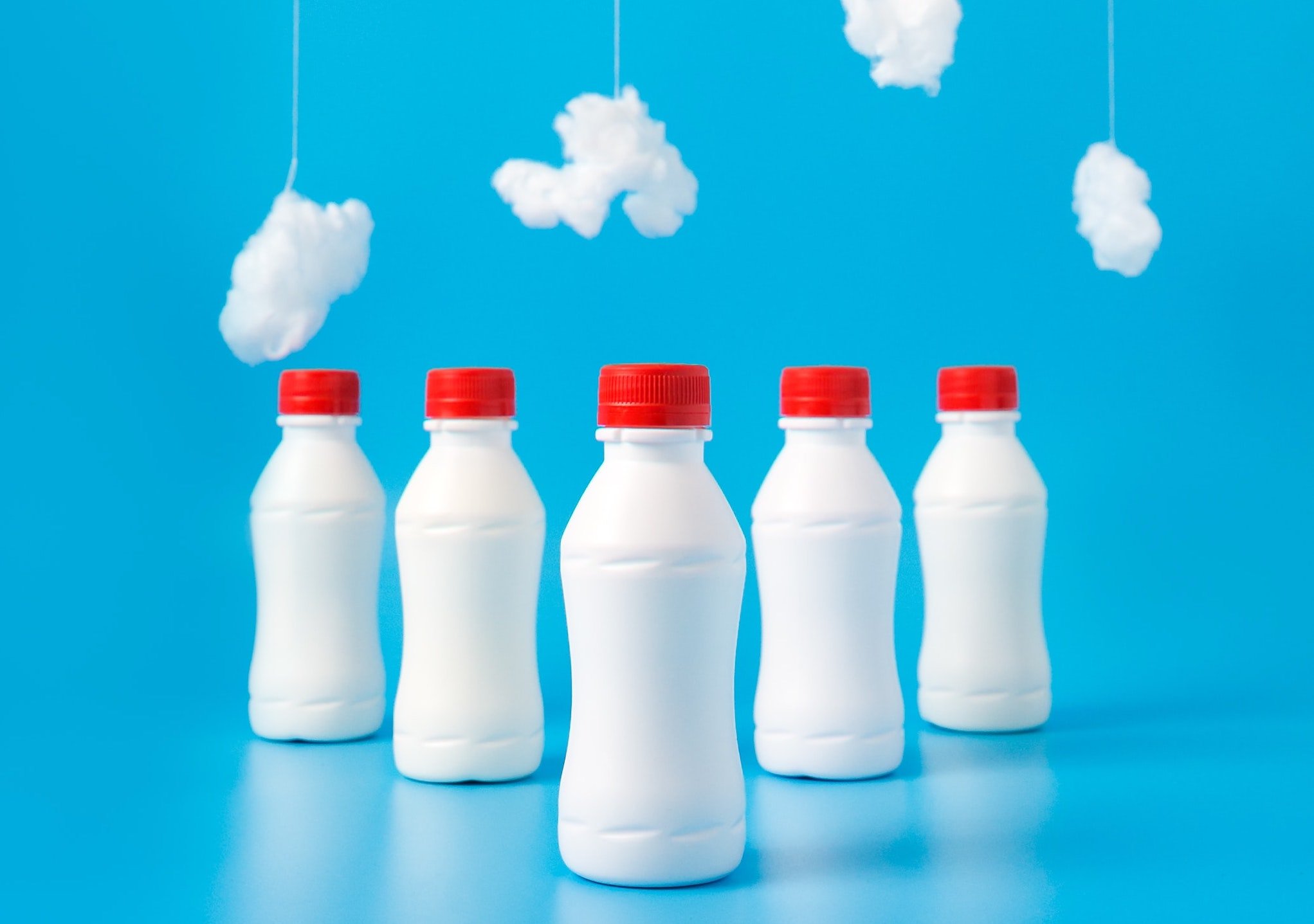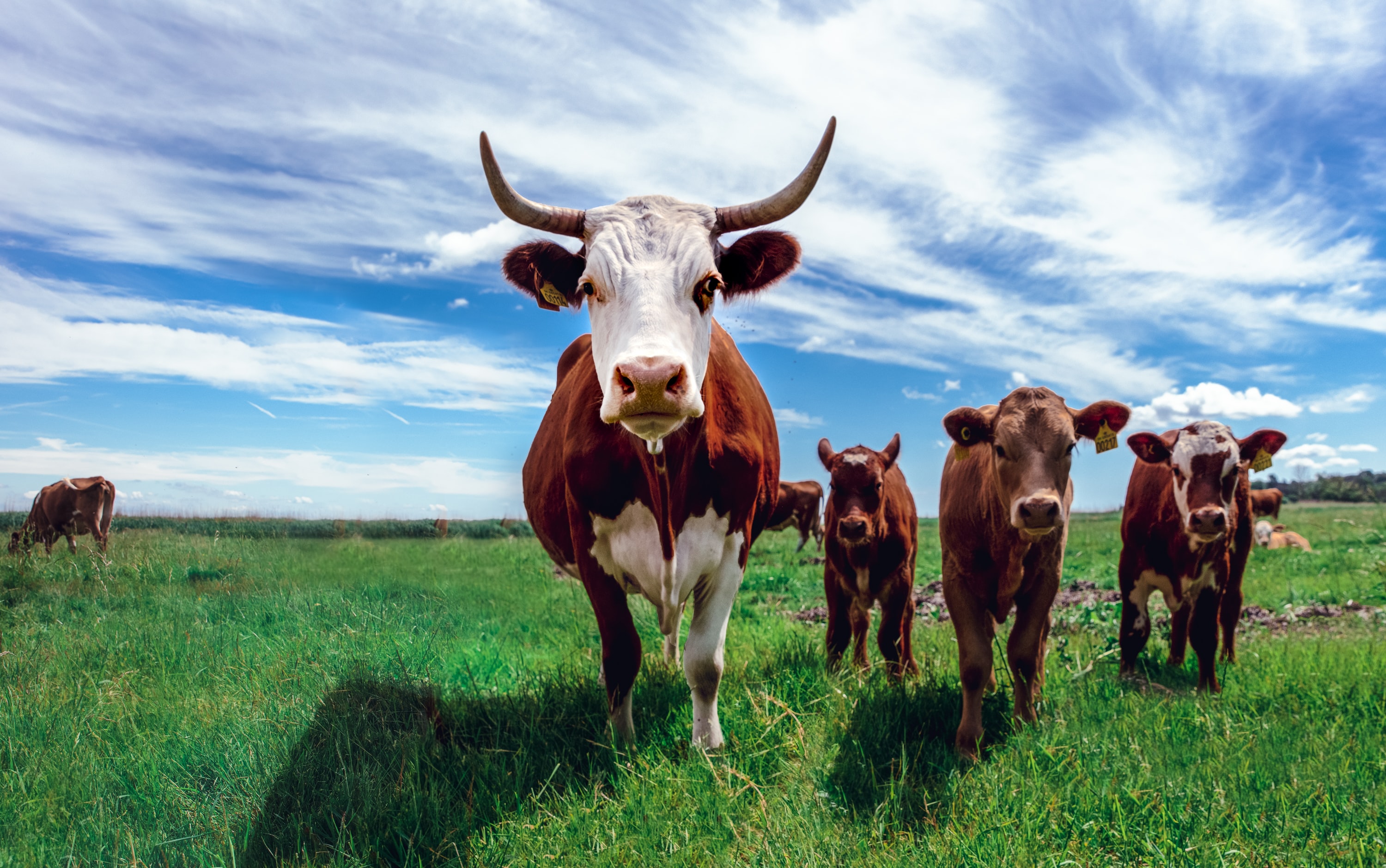How Does Milk Pasteurization Work?
Have you ever wondered about the processes that your milk goes through to take it from the cow to your coffee cup?
You may have seen the term ‘pasteurization’ on the back of your milk carton — a term many of us average Joe’s are unfamiliar with. Milk pasteurization is a government-regulated process to protect consumers, making sure that the milk is safe for us to drink.
But what does pasteurization actually mean? What happens to milk once it’s pasteurized? And why is it pasteurized?
Strap yourself in for an udderly interesting article that will tell you all you need to know about milk pasteurization.

What is milk pasteurization?
The pasteurization process was invented around 150 years ago by a French Scientist called Louis Pasteur, while he was looking for ways to minimize the harmful bacteria in our food.
Pasteur realized that heating milk to a high temperature, then cooling it quickly before packaging it was a good way to keep it fresher for longer. That’s because the heating process kills the pathogens and bad bacteria present in the unpasteurized milk.
Fast forward to the present day and age and we’re still using this form of heat treatment to make milk safe to drink in dairy industries all around the world.
How does milk pasteurization work?
In the pasteurization process, the chilled, raw milk is heated as it moves between hot stainless steel plates. This type of equipment is called a heat exchanger.
While it’s been shown that it’s sufficiently safe to heat raw milk to 145 °F for 30 minutes, or 161°F for 15 seconds, it can sometimes be heated at even higher temperatures to ensure that it’s safe to drink.
The most common pasteurization method is the continuous high-temperature short-time (HTST) method, where it’s heated to 161°F for 15 seconds or above, then cooled quickly back down to its original temperature of 39° F.
For peace of mind, there are plenty of fail-safe controls on modern-day pasteurizers to ensure that milk is properly heated to the correct temperature for the correct duration. If one of the monitors were to detect a problem, an automatic flow diversion valve would stop the milk from moving into the next stage of processing.
Where some milk or cream has higher contents of fat and sugar, the heating system would use higher temperatures and sometimes longer holding times to be certain that the milk has been safely pasteurized.
One of the ways that the dairy industry saves energy during this pasteurization process is by using the heat given off by the already heated milk to warm up the incoming batch of cold raw milk. The cold milk then helps to cool the heated pasteurized milk back down. This ‘regeneration’ process helps them to use heating and refrigeration energy more efficiently and brings costs down.
What about raw milk?
Some have questioned whether or not raw milk is better for you than pasteurized milk. Terms like ‘processing’ and ‘pasteurization’ can be understandably confusing for those who look for ‘unprocessed’ foods in other aspects of their diet.
However, when it comes to milk, the pasteurization process is a must. Raw milk can contain dangerous bacteria - which are then removed through pasteurization.

According to the Centers for Disease Control and Prevention (CDC), the pasteurization process does not significantly alter the nutritional content of milk. If anything, milk pasteurization gives you all the health benefits of drinking milk, without the high health risks of drinking raw milk. You’ll still receive potassium, calcium, vitamin B12, niacin, phosphorus, riboflavin, and proteins from drinking pasteurized milk. Plus, after it’s been pasteurized, Vitamin D and Vitamin A are usually used to fortify the milk, to further increase its nutritional value.
The mineral content remains unchanged when milk is pasteurized, though there is one slight change in the vitamin content. You can find a very small percentage of vitamin C in raw milk, but it’s not considered a ‘good source’ of vitamin C as it really is so small. This vitamin doesn’t survive the pasteurization process, but you’d be better off getting this vitamin from citrus fruits and vegetables anyway.
Another myth about raw milk is that it’s a good source of ‘good’ bacteria, such as probiotics. However, because of the high risk of harmful bacteria that are almost guaranteed to be found in raw milk, you wouldn’t be doing your health a favor. The CDC would instead recommend that you get beneficial bacteria and probiotics from foods that don’t pose such a high risk to your wellbeing, such as yogurt and kefir.
Milk us for all we’re worth
Hopefully, you’re now more familiar with the milk pasteurization process.
If you’d like to dig into some more of our interesting articles, check out the Buffalo Market blog! As the leading distributors of mission-driven food and beverage brands, we’re clued up on the latest health and climate-friendly food trends.
You can find out what the best tortilla is at Costco, get to know the best thing to drink to help with inflammation, learn all about cactus water and its health benefits, or even find out how to cut your food waste by understanding more about food expiration dates.

